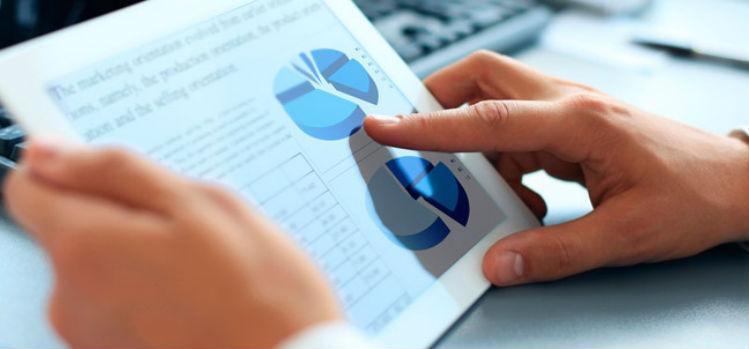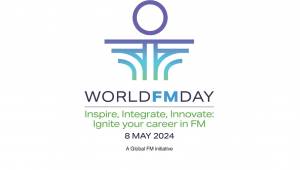 International. Global investment in clean energy reached US$333.5 billion last year, a 3% increase over 2016 and the second highest figure historically, with a cumulative investment since 2010 of US$2.5 trillion.
International. Global investment in clean energy reached US$333.5 billion last year, a 3% increase over 2016 and the second highest figure historically, with a cumulative investment since 2010 of US$2.5 trillion.
London and New York, 16 January 2018 – An extraordinary boom in PV installations made 2017 a record year for clean energy investment in China. This overshadowed changes elsewhere, including increases in investment in Australia and Mexico, and declines in Japan, the UK and Germany.
Annual figures from Bloomberg New Energy Finance (BNEF), based on its database of projects and opportunities, show that global investment in renewable energy and smart energy technologies reached $333.5 billion last year, a 3% increase over the revised $324.6 billion in 2016, and just 7% less than the record $360.3 billion reached in 2015.
Jon Moore, Chief Executive Officer of BNEF, commented: "The 2017 total is even more remarkable when you consider that the capital costs of the leading technology – solar – continue to decline dramatically. Typical large-scale PV systems were about 25% cheaper per megawatt last year than they were two years ago."
Solar investment globally amounted to $160.8 billion in 2017, up 18% from a year earlier despite cost reductions. Just over half of that global total, $86.5 billion, was spent in China. This was 58% more than in 2016, with an estimated 53GW of installed PV capacity added in 2017, up from 30GW in 2016.
Justin Wu, head of Asia-Pacific for BNEF, said: "China installed approximately 20GW more solar capacity in 2017 than we forecast. This happened for two main reasons: First, despite the growing burden of subsidies and worsening energy dumping, China's regulators, under pressure from industry, were slow to curb the construction of large-scale projects outside of allocated government quotas. The developers of these projects are assuming that they will be allocated a grant in the coming years.
"Second, the cost of solar continues to fall in China, and more projects are being implemented on rooftops, industrial parks or other local distributed facilities. These systems are not limited by government quota. Large energy consumers in China are now installing solar panels to meet their own demand, with a minimal premium subsidy."
Investment by country
In short, Chinese investments in all clean energy technologies were $132.6 billion, up 24 percent, reaching a new record. The next country with the highest investments was the United States, with US$56.9 billion, up 1% from 2016 despite the Trump administration adopting a less friendly tone toward renewables.
Large financing of wind and solar projects led Australia to an increase of 150%, reaching a record us $ 9,000 million, and in the case of Mexico to an increase of 516% with US $ 6,200 million. On the other hand, Japan saw a 16% drop in 2017, to $23.4 billion, while Germany fell 26% to $14.6 billion and the United Kingdom 56% to $10.3 billion in the face of changes in policy support. Europe overall invested $57.4 billion, down 26% year-over-year.
At the bottom are the total 2017 investments of countries that invested at least one billion dollars in clean energy:
- India $11 billion, down 20% compared to 2016
- Brazil $6.2 billion, up 10%
- France $5 billion, up 15%
- Sweden $4 billion, up 109%
- Netherlands $3.5 billion, up 30%
- Canada $3.3 billion, up 45%
- South Korea $2.9 billion, up 14%
- Egypt $2.6 billion, up 495%
- Italy $2.5 billion, up 15%
- Turkey $2.3 billion, down 8%
- United Arab Emirates $2.2 billion, up 23 times
- Norway $2 billion, down 12%
- Argentina $1.8 billion, up 777%
- Switzerland $1.7 billion, down 10%
- Chile $1.5 billion, up 55%
- Austria $1.2 billion, up 4%
- Spain $1.1 billion, up 36%
- Taiwan $1 billion, down 6%
- Indonesia $1 billion, up 71%


























Leave your comment